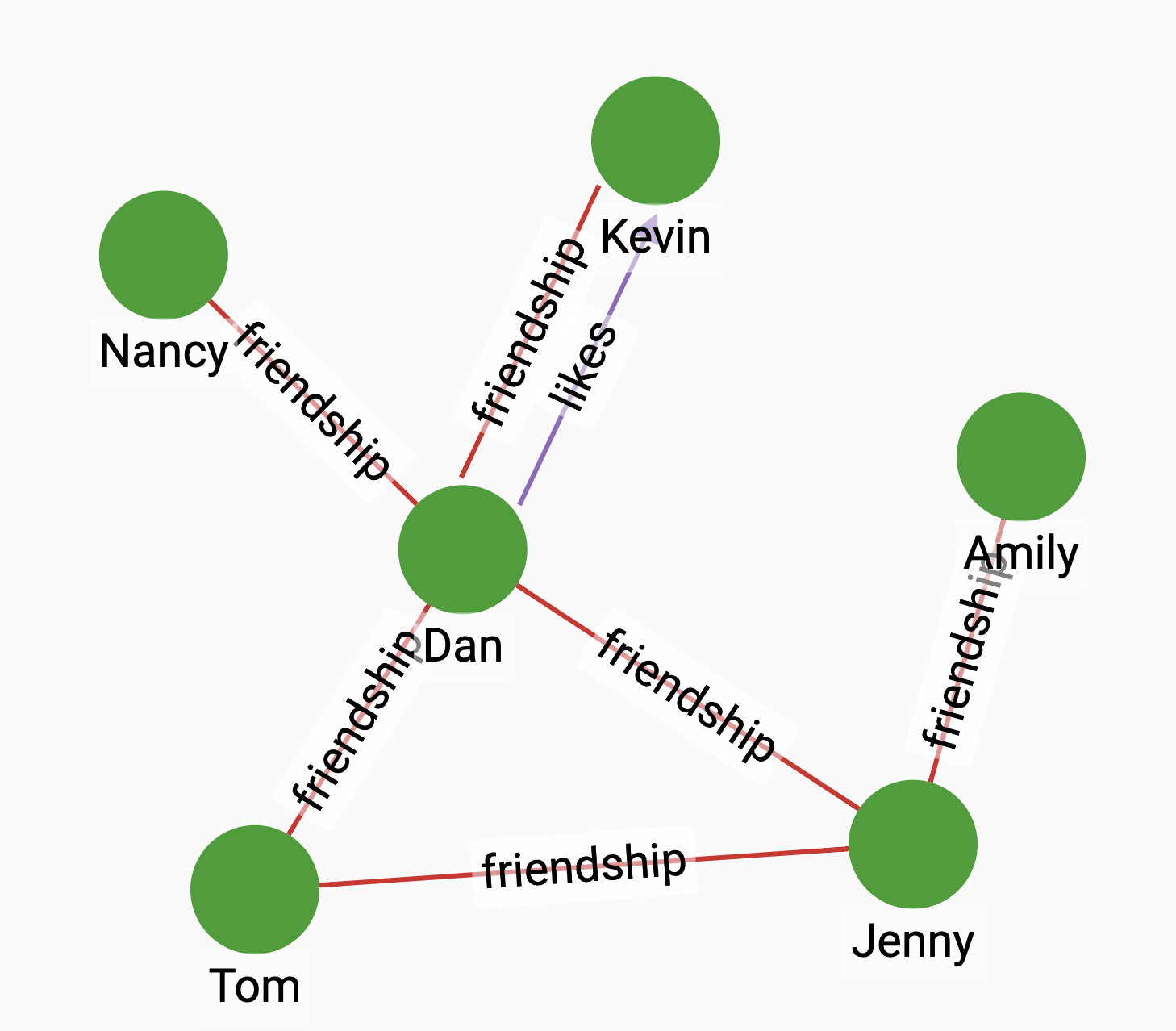Resource Allocation
Resource Allocation is used to compute the closeness of nodes based on their shared neighbors. It is computed by the following formula:
\[{RA(x,y)=\sum _{u\in N(x)\cap N(y)}{\frac {1} {|N(u)|}}}\]
Where \({N(u)}\) is the set of nodes adjacent to u.
Specifications
CREATE QUERY tg_resource_allocation(VERTEX v_source VERTEX v_target, SET<STRING> e_type)Parameters
| Name | Description | Data type |
|---|---|---|
|
The first vertex to compare. Provide the vertex ID and type as a tuple: |
N/A |
|
The second vertex to compare with the first. Provide the vertex ID and type as a tuple: |
N/A |
|
Edge types to traverse. |
(A blank set of strings) |
